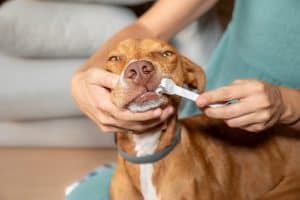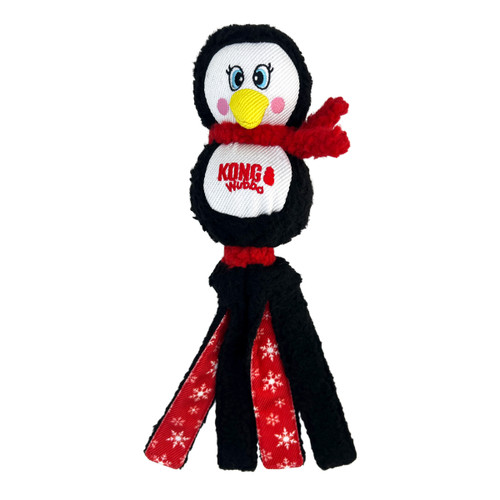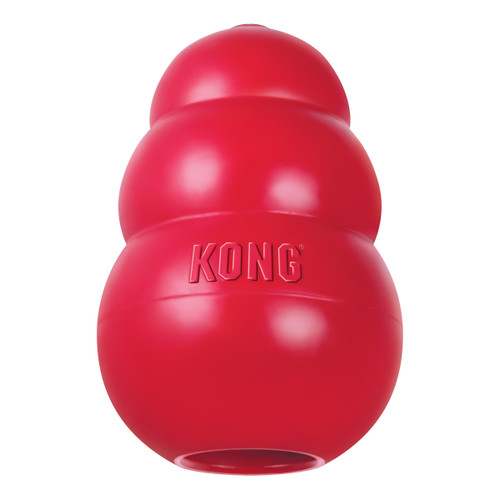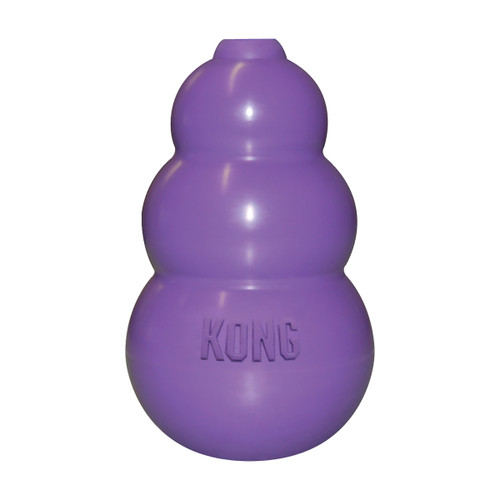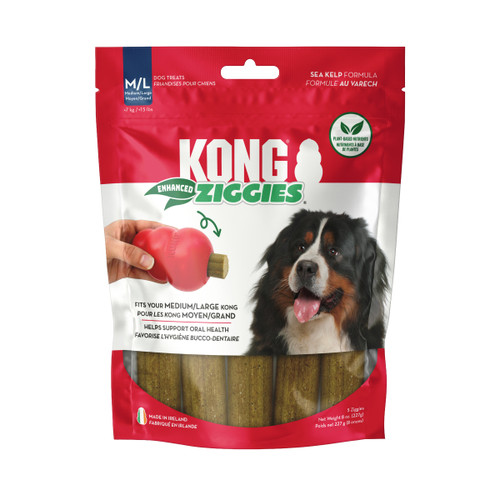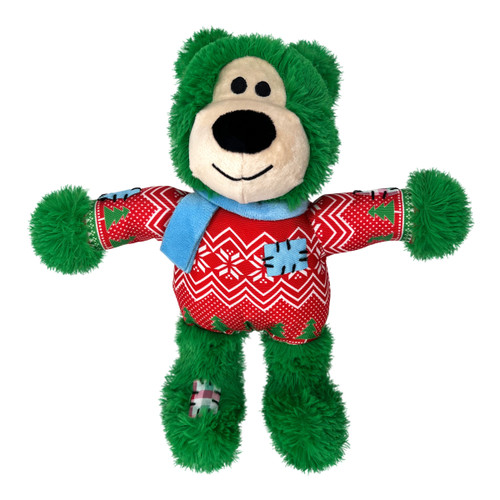

Why You Should Brush Your Pet’s Teeth
Posted by Kendle Frank on Feb 4th 2025
When it comes to pet care, dental hygiene often gets overlooked. But did you know that regularly brushing your dog’s or cat’s teeth is one of the most beneficial things you can do for their well–being? Not only does prioritizing your pet’s dental hygiene keep their breath fresh and their teeth clean, but it also plays a vital role in supporting their long-term health.
Why Brushing Your Pet’s Teeth Matters
According to the VCA, nearly 80% of dogs over 3 years old show signs of periodontal disease, which is inflammation or infection of the tissues surrounding the teeth. Dental disease also affects an estimated 50%-90% of cats over the age of four, indicating a widespread pet health concern.
Periodontal disease typically starts as gingivitis caused by plaque. When plaque mixes with minerals in saliva, it hardens into tartar. Over time, tartar can progress into calculus, causing infections, illness, tooth decay, and even tooth loss.
Left untreated, periodontal disease can also cause pain, discomfort, inflammation, and smelly breath. Even worse, bacteria from the mouth can travel into the bloodstream and damage the kidneys, liver, and heart. Pain and issues with dental health can also be an underlying cause of other health and behavioral concerns, such as anxiety, depression, aggression, skin problems, and a lack of appetite, according to Certified Dog Trainer and Dog Behavior Consultant Sarah Zimmer.
The good news? You can help prevent dental problems with your pet by maintaining a brushing routine combined with professional dental cleanings. While most veterinarians recommend brushing your pet’s teeth once or twice a day for best results, brushing consistently two to three times a week will have a positive impact. Plus, it’ll save you money on expensive veterinary bills down the road.
How to Brush Your Pet’s Teeth at Home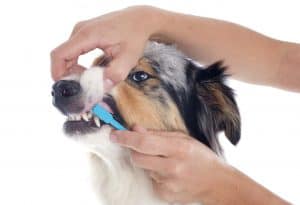
To start, invest in a toothbrush and toothpaste made specifically for pets. Veterinarian-approved pet toothpastes are formulated to break down tartar, freshen breath, and come in tasty flavors that dogs and cats enjoy. Human toothpastes are always a no-go, as they often contain ingredients that are harmful to pets if swallowed.
When introducing toothbrushing to your pet’s routine, ensure they are in a calm, relaxed state. Approach the process with patience and make it a positive experience by offering treats and praise as rewards.
Gently lift the lips to expose their teeth and brush each side of the mouth for about 30 seconds. Focus on the gum line and those tricky back teeth where plaque tends to accumulate. When implemented weekly (or even better, daily), you will notice a positive difference in the cleanliness and health of your pet’s teeth and gums.
How KONG® Toys Can Help
Toys and chews designed to clean teeth are another fun, easy way to improve your pet’s dental health while giving them an outlet for their natural instincts to chew and lick.
KONG offers an innovative selection of dental toys and chews formulated to support your pet’s oral hygiene through every stage of life. Made from our specially designed rubber, these toys provide gentle friction to scrub away plaque and tartar while stimulating the gums. Better yet, they’re irresistibly fun for pets who love to play and chew! Here are a few of our favorites:
- KONG® Classic and Kitty KONG®: For daily cleaning and enrichment, try the KONG Classic (for dogs) or the Kitty KONG (for cats). Made from durable rubber, they massage pets’ gums and gently remove plaque and tartar. For added benefits, try stuffing them with dental treats and chews!
- KONG® Enhanced Ziggies®: A delicious, nutritious snack enriched with sea kelp, Ziggies have a firm, chewy texture that cleans teeth and massages gums while freshening breath. Designed to fit in the KONG Classic, they’re easy on the stomach and packed with chicken flavor.
Tips for Maintaining Good Dental Hygiene
- Build a Routine: Consistency is key in maintaining your pet’s oral health. Make brushing their teeth a daily habit by brushing their teeth after you brush your own or setting calendar reminders. It only takes 60 seconds of your day and makes a world of difference for them.
- Start Young: If you have a puppy or kitten, start toothbrushing early. If you have an adult or senior pet, it’s never too late to start! Be sure to give them extra positive reinforcement as they get used to the feeling of toothbrushing.
- Explore Alternatives: If brushing their teeth makes your pet anxious, talk to your veterinarian about easy alternatives, such as water additives.
The Bottom Line
Taking care of your pet’s oral hygiene is about more than just white teeth and fresh breath—it plays an important part in their long-term health and happiness. By incorporating regular brushing and annual dental cleanings and providing toys designed to clean teeth, you can set your furry friend up for a brighter future. Your pet (and your wallet) will thank you for it later!

